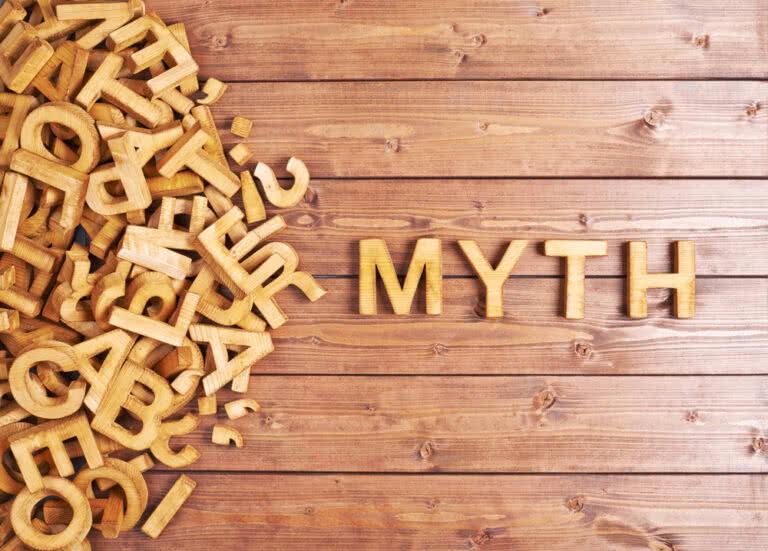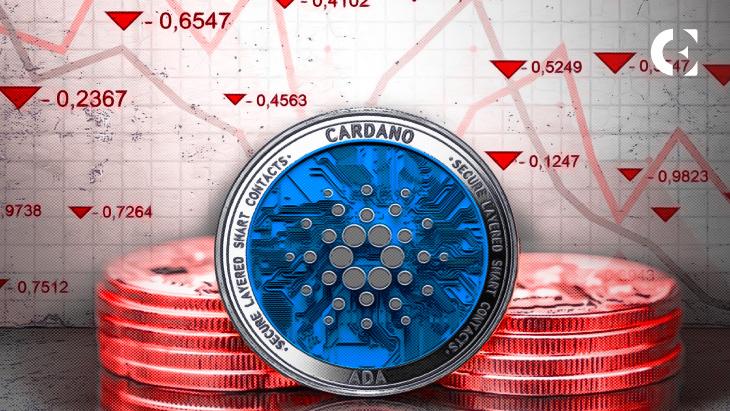Do you use email marketing to sell event tickets? Of course you do, because everyone does!
But here are some sobering statistics from the UK Direct Marketing Association’s Consumer Email Tracking Report:
- The proportion of consumers who say they find more than half of messages ‘interesting or relevant’ has declined to 16%.
- Worse, 68% ‘agree’ or ‘strongly agree’ that emails ‘include no information or offers that are of interest’, up from 63% last year, showing that consumers believe marketing messages to be increasingly irrelevant.
Thankfully there’s some good news too.
- 57% of people will open an email with an interesting / relevant topic or subject line, and 52% will read the email, click on the provided link or even share it with others.
The key words there are – interesting and relevant.
Which isn’t surprising, based on the research study we undertook with event organisers just like you.
Through this research, we discovered not just that targeted emails are way better than mass emails, but that the two aren’t even in the same league.
Targeted emails rely on segmentation to divide up your potential audiences by geography, interests, demographics or other factors in order to focus in on what makes them tick — and click. It means sorting your potential ticket-buyers by their differences and their similarities.
But it also means about getting more bang for your marketing buck — getting more clicks while sending fewer emails. Here are just some of the reasons that targeted emails beat mass sends any day of the week.
Reason 1: Increased open and click-through rates
How do you quantify success in an email marketing campaign? Get lots of people to open your emails and get lots of people to click the links in them.
The best way to increase these open rates and click-through rates? Tailor the emails to the recipients.
A high open rate — 26 percent was the average among the event marketers we surveyed — means recipients are impressed by what they see before opening it: the name of the sender and the subject line. A poor open rate means you could test out sender names — for example, sending from your own name rather than your event or company name.
Or you could work on more compelling subject lines. Email marketing software can help you automatically personalise or localise your subject lines, but you can also segment your email groups and then craft targeted copy that mentions that group’s city or specific pain points. Just by personalising a subject line with the recipient’s name or city you will increase open rates by more than 20 percent.
As for click-through rates, a low number means even after recipients open the email they aren’t impressed enough to act on what it’s saying to do. The average CTR in our survey was under five percent, though a quarter of respondents didn’t know their rate.
You should get to know yours, and, once you do, you should, of course, try to raise it. One effective way to do that: segment your email list. The more targeted and relevant content you send, the better your CTR — and the less annoyed or bored your recipients will be with your emails.
Reason 2: Decreased unsubscribes
The surest sign that you’re sending emails to the wrong people is a high level of unsubscribes.
But maybe those people actually would be interested in your event; it’s just that the email didn’t specifically address their interests or location or industry — i.e. it wasn’t targeted to them. That generic, mass email just cost you your direct line of contact with a potential attendee.
The solution? Again, segment that email list — or segment it even further — and write content customised for the targets based on what they care about.
So what do consumers care about? According to the DMA, the #1 reason people sign up to receive emails from brands is to receive a discount (either a set amount or a % off).
But offering a discount every time you email someone doesn’t amount to a great, long-term email strategy, so you also need to learn what your audience cares about beyond discounts, and use that to inform your email content strategy.
How? One way would be to offer options at the point they purchase a ticket, using Eventbrite’s custom questions, where you ask if they’re most interested in A, B or C and then use that information to create interest related lists.
Ironically, an unsubscribe form asking why a recipient is opting out may also help you do this, revealing that a certain segment dislike something specific about your emails — or that you’re simply wasting your marketing budget on them altogether.
Reason 3: It costs you less
Sending fewer emails means spending less on sending emails. If you can tell a certain segment exactly why they should attend your event, and a bunch of them click through and get tickets, that saves you from casting a wider, more aimless net seeking new attendees.
And if you really do sell more tickets through increasing click-through rates, that means you’re bringing in more money, too. It’s pretty simple.
The average list size in the UK is 8,000, which will cost you around £60 per month if you’re using MailChimp (which we found was the most popular email service provider for event organisers in the UK). But if you can half that to 4,000 by only emailing the segment of your database most likely to respond positively to email, you could reduce this cost by 50% to around £40 per month.
Reason 4: You won’t fatigue your list
There’s a fine line between creating a buzz and being annoying. And that line likely depends on whether the person seeing the emails cares about what you’re trying to create buzz about.
A targeted approach makes it more likely they will.
It also means you can still send plenty of email, but each recipient won’t keep receiving the same message all the time.
For example you might segment your list into people who just went to your event, those who bought a ticket in the last 6 months, and those who’ve become lapsed customers. Now you can send three emails and target all of them, but tailor your message so they’re not getting tired of it (and get tempted to unsubscribe.)
Reason 5: They become easier to write
Making a huge group of people happy is harder than making a smaller subset of that group happy — especially if you’ve already sorted those subsets according to interests, geography or other differentiators.
If you know more specifically who you’re writing to (ideally you’ll have created personas so it feels like you’re writing to just one, specific person that you know really well), then you’ll have a much easier time writing something that appeals to them.
That means you’re saving time and freeing up resources for more — and better — marketing efforts.
To make sure your emails are hitting their mark, get all the latest data on email marketing for events in our exclusive Email Benchmarking Report.





